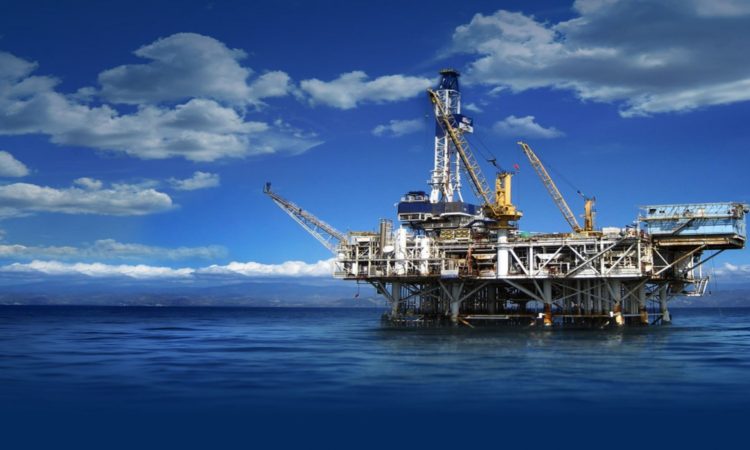Fascination About Roar Solutions
Fascination About Roar Solutions
Blog Article
Our Roar Solutions Statements
Table of ContentsThe Greatest Guide To Roar SolutionsThe Single Strategy To Use For Roar SolutionsEverything about Roar Solutions
In such an atmosphere a fire or surge is feasible when three fundamental conditions are met. This is usually described as the "unsafe area" or "combustion" triangle. In order to protect setups from a prospective explosion a method of analysing and categorizing a possibly harmful area is required. The objective of this is to make certain the appropriate selection and installment of devices to eventually avoid an explosion and to make certain security of life.
(https://www.metooo.io/u/roarsolutions)
No tools needs to be installed where the surface temperature level of the devices is higher than the ignition temperature level of the offered threat. Below are some typical dirt unsafe and their minimal ignition temperature. Coal Dirt 380C 225C Polythene 420C (melts) Methyl Cellulose 420C 320C Starch 460C 435C Flour 490C 340C Sugar 490C 460C Grain Dust 510C 300C Phenolic Resin 530C > 450C Aluminium 590C > 450C PVC 700C > 450C Soot 810C 570C The possibility of the hazard existing in a concentration high sufficient to trigger an ignition will certainly vary from area to area.
In order to classify this danger an installment is separated right into areas of risk depending upon the quantity of time the unsafe exists. These locations are described as Zones. For gases and vapours and dusts and fibres there are 3 areas. Area 0 Zone 20 A hazardous ambience is extremely likely to be existing and might be existing for long durations of time (> 1000 hours annually) or also constantly Zone 1 Area 21 An unsafe environment is feasible however unlikely to be existing for long periods of time (> 10 450 C [842 F] A classification of T6 indicates the minimal ignition temperature is > 85 C [185 F] Unsafe area electrical tools maybe created for usage in higher ambient temperature levels. This would certainly suggested on the rating plate e.g. EExe II C T3 Ta + 60C( This suggests at 60C ambient T3 will certainly not be exceeded) T1 T1, T2, T3, T4, T5, T6 T2 T2, T3, T4, T5, T6 T3 T3, T4, T5, T6 T4 T4, T5, T6 T5 T5, T6 T6 T6 A T Course rating of T1 suggests the maximum surface temperature level produced by the instrument at 40 C is 450 C. Assuming the connected T Course and Temperature level ranking for the equipment are appropriate for the location, you can always utilize an instrument with a more stringent Division rating than needed for the location. There isn't a clear answer to this concern. It actually does depend upon the kind of devices and what fixings need to be performed. Equipment with certain test procedures that can not be executed in the field in order to achieve/maintain 3rd party score. Must return to the factory if it is before the tools's service. Field Repair By Authorised Employee: Challenging screening may not be needed nonetheless particular procedures might require to be followed in order for the equipment to preserve its 3rd party rating. Authorised employees need to be employed to perform the work appropriately Repair work need to be a like for like substitute. New part have to be thought about as a straight replacement requiring no special testing of the devices after the fixing is full. Each piece of equipment with a dangerous score must be evaluated independently. These are outlined at a high level below, but for more comprehensive details, please refer straight to the guidelines.
Examine This Report about Roar Solutions
The devices register is an extensive database of equipment documents that includes a minimum set of areas to recognize each item's location, technological parameters, Ex lover classification, age, and environmental information. The ratio of Comprehensive to Close examinations will be identified by the Equipment Threat, which is assessed based on ignition risk (the chance of a source of ignition versus the probability of a combustible environment )and the dangerous location classification
( Zone 0Area 1, or 2). Executing a durable Risk-Based Assessment( RBI )technique is crucial for making sure compliance and safety and security in handling Electric Devices in Hazardous Locations( EEHA).
The Facts About Roar Solutions Revealed

In terms of eruptive risk, a hazardous area is a setting in which an explosive atmosphere exists (or might be anticipated to be existing) in quantities that call for unique preventative measures for the construction, installment and use of devices. eeha certificate. In this article we discover the obstacles encountered in the workplace, the danger control steps, and the required proficiencies to work safely
It issues of modern-day life that we manufacture, keep or handle an array of gases or liquids that are regarded combustible, and a variety of dirts that are deemed flammable. These compounds can, in particular conditions, develop eruptive atmospheres and these can have significant and unfortunate repercussions. Many of us are familiar with the fire triangle get rid of any one of the 3 aspects and the fire can not occur, however what does this mean in the context of harmful areas? When breaking this down into its simplest terms it is basically: a mix of a certain quantity of launch or leak of a particular substance or product, mixing with ambient oxygen, and the presence of a resource of ignition.
In the majority of instances, we can do little about click to read the levels of oxygen airborne, yet we can have substantial impact on resources of ignition, for instance electrical equipment. Hazardous areas are documented on the hazardous area classification drawing and are determined on-site by the triangular "EX-SPOUSE" indicator. Here, among other key details, areas are divided right into three types depending on the hazard, the likelihood and period that an explosive ambience will exist; Zone 0 or 20 is considered one of the most harmful and Area 2 or 22 is regarded the least.
Report this page